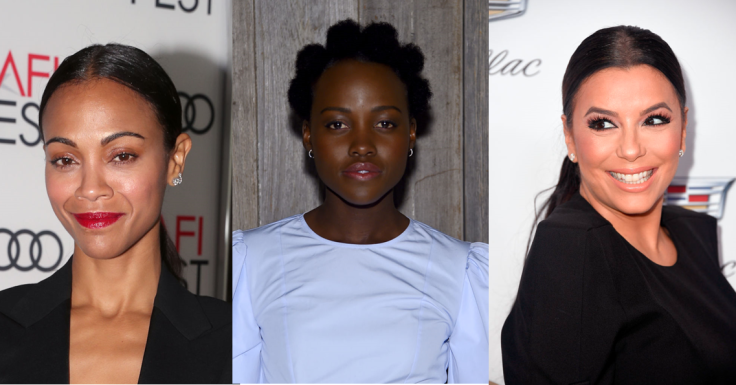
Despite roughly 18% of the U.S. population identifying as Hispanic or Latino, in 2017 only 5% of lifestyle magazine covers featured Hispanic models, according to the study "Magazines and Body Image." Media outlets and magazines still have a long way to go when it comes to diversity. Over 3,700 magazine covers from 35 publications were examined on how they portray sexuality, and exaggerate body standards.
The study finds that 78% of magazine covers featured white cover models compared to only 10% black and 12% combined Hispanic, biracial, and any other ethnicity, plus the magazines with women on the cover were generally five times as likely to be seen as sexually suggestive, and the top terms associated with “body” on magazine covers in 2017 were "beach," "best," "sexier," "bikini," and "hottest." The analysis also revealed that even magazines that do include women of more diverse ethnicities on their covers have been accused of whitewashing their appearances to appeal to a broader market.

The research was based on the rate of 230 people, who had to decide how provocative they found the content being sold on magazine racks across United States and the United Kingdom. According to their responses, American magazines, including Vogue, Cosmopolitan, Playboy, and GQ, were more likely to be seen as sexually suggestive as their European counterparts, reported the deconstruction of magazine covers.
The study cataloged the body dissatisfaction and the spread of eating disorders as an epidemic, adding that Western cultures beauty ideals have been spreading around the world. The study also shows how certain hair colors might be more popular on the covers of certain magazines than others. More than 2 in 5 models featured on the front page of beauty and glamour magazines had blonde hair, compared to 28 percent who were brunettes and only 23 percent with black or dark brown hair, blonde models had the highest representation on the covers of publications, according to the research.
The publication pointed out when actress Lupita Nyong’o was featured on the cover of U.K. magazine Grazia, and her naturally textured hair was edited out of the cover image in favor of a “smoother” look. "I embrace my natural heritage and despite having grown up thinking light skin and straight, silky hair were the standards of beauty, I now know that my dark skin and kinky, coily hair are beautiful too," wrote the Mexican and Kenyan actress.
The research concluded in that “despite being heavily manipulated, the reality is printed media projects have a profound impact on the men and women who view them,” adding that “building a healthy self-confidence means challenging the stigmas created by unrealistic and unattainable standards of beauty and sex.”
The following publications were included in the research: Allure, Cosmopolitan, Cosmopolitan UK, Elle, Elle UK, ESPN the Magazine, Esquire, Glamour, Glamour UK, GQ, GQ UK, Harper’s Bazaar, Marie Claire, Marie Claire UK, Maxim, Men’s Health, Men’s Health UK, Men’s Journal, Men’s Fitness UK, Muscle & Fitness UK, Playboy, Red UK, Redbook, Seventeen, Shape, Slimming World, Teen Vogue, The Rake, Top Sante, Vanity Fair, Vogue UK, Woman’s World, Women’s Health, Women’s Health UK, and Women’s Running.
© 2024 Latin Times. All rights reserved. Do not reproduce without permission.
